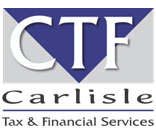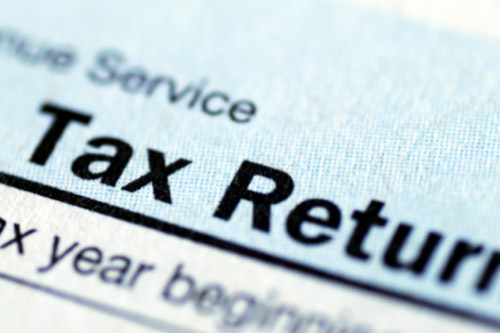The South African Revenue Services (SARS) says that taxpayers will be able to file their tax returns from 1 July 2022.
Taxpayers should also be aware of the shortened time frames to submit their returns for the 2023 tax season, beginning 1 March 2022 – to 28 February 2023.
Income tax return filing dates:
- 1 July to 24 October 2022 – This is the period for taxpayers who file online. Taxpayers who cannot file online can do so at a SARS branch by appointment only.
- 1 July to 23 January 2023 – This is the period for Provisional taxpayers including Trusts may file via eFiling or SARS MobiApp.
“With Individual Filing Season starting in July 2022, we have made it easier and convenient to be tax compliant with SARS auto-assessment,” the revenue service said.
If you fail to submit a tax return, SARS can charge an administrative penalty which can range from R250 to R16,000 per month or R3,000 to R192,000 per year.
“It does appear though, at the moment, that SARS is issuing smaller penalties ranging between R500 and R2000,” said Momentum, “but we never know when this could change”.
“Many taxpayers are receiving penalties for old unfiled tax returns even if they were not required to submit tax returns based on the two reasons explained at the end of this blog. Taxpayers, after filing their 2021 return are suddenly being issued penalty notices for outstanding returns for previous years,” said Momentum.
| # | Taxable income (R) | Rates of tax (R) |
|---|---|---|
| Bracket 1 | 1 – R226 000 | 18% of taxable income |
| Bracket 2 | R226 001 – R353 100 | R40 680 + 26% of taxable income above R226 000 |
| Bracket 3 | R353 101 – R488 700 | R73 726 + 31% of taxable income above R353 100 |
| Bracket 4 | R488 701– R641 400 | R115 762 + 36% of taxable income above R488 700 |
| Bracket 5 | R641 401 – R817 600 | R170 734 + 39% of taxable income above R641 400 |
| Bracket 6 | R817 601 – R1 731 600 | R239 452 + 41% of taxable income above R817 600 |
| Bracket 7 | R1 731 601 and above | R614 192 + 45% of taxable income above R1 731 600 |
Justonelap data shows that the effective tax rate of an individual is not the same as the rate of tax per tax bracket. This difference is shown in the following example:
| Taxable Income | Rate of Tax | Example: Taxable income | Tax over threshold | Rates of tax (R) | Total tax payable | Effective tax rate |
|---|---|---|---|---|---|---|
| R1 – R226 000 | 18% of taxable income | R214 700 | n/a | n/a | R38 646 | 18% |
| R226 001 – R353 100 | 40 680 + 26% of taxable income above R226 000 | R335 445 | R109 445 | R28 456 | R69 136 | 20.6% |
| R353 101 – R488 700 | R73 726 + 31% of taxable income above R353 100 | R464 265 | R111 165 | R34 461 | R108 187 | 23.3% |
| R488701 – R641 400 | R115 762 + 36% of taxable income above R488 700 | R609 330 | R120 630 | R43 427 | R159 189 | 26.1% |
| R641 401 – R817 600 | R170 734 + 39% of taxable income above R641 400 | R750 000 | R108 600 | R42 354 | R213 088 | 28.4% |
| R817 601 – R1 731 600 | R239 452 + 41% of taxable income above R817 600 | R1645 020 | R827 420 | R339 242 | R578 694 | 35.2% |
| R1 731 601 and above | R614 192 + 45% of taxable income above R1 731 600 | R1950 000 | R218 400 | R98 280 | R712 472 | 36.5% |
Article: Business Tech






